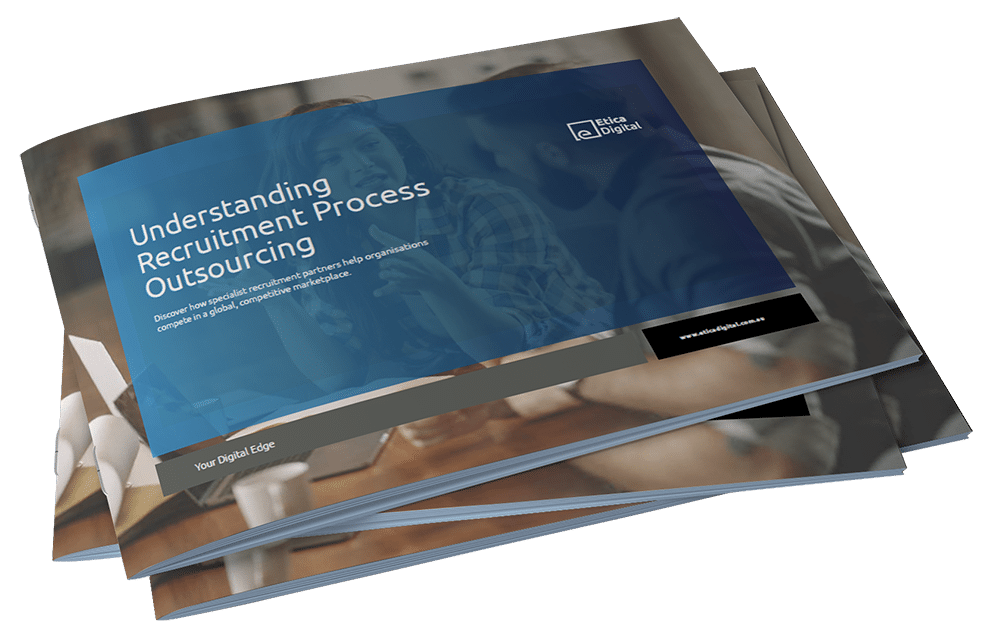Log into any professional forum or LinkedIn lately, and you will no doubt hear about the Great Resignation Wave.
But dig a little deeper, speak to your network or look at their job movements, and you will quickly realise that this is more than a mere coincidence. Instead, there is a profound movement of people in the workplace, causing enormous impacts for employers.
What is driving the Great Resignation Wave?
Many factors contribute to the resignation wave; however, the main trends we see include people re-evaluating their priorities during covid and not wanting to go back to the office full-time. Also, increasing demand for local talent is driving up wages, exacerbated by a reduced free flow of workers.
- People re-evaluating their priorities
Many have found themselves working remotely, leading them to appreciate other factors in their life such as spending more time with family, less time commuting and more time spent on hobbies, relaxing and study. This shift in priorities has led many workers to seek employment with companies that offer a better work/life balance. In addition, occupations notorious for poor conditions struggle to fill roles, even with improvements in pay and conditions. - Working from Home
Even before the pandemic, there was a shift towards working from home, at least part-time. However, the pandemic-driven lockdowns of Melbourne and Sydney have fast-tracked this, with business districts sitting empty, workers used to video conferencing and enjoying greater autonomy in their roles. - Shift in Demand
Whilst the pandemic has hurt some industries, many others are expanding rapidly due to the pandemic and shifts in spending and government support. Notable examples include online retail, technology, construction and freight. Workers in these industries are far more likely to push for better conditions and are prepared to leave If they don’t get them. - FIFO Restrictions
Many industries in Australia have typically relied on fly-in fly-out workers to keep costs under control. Whilst notable examples include seasonal roles like fruit picking, many don’t realise that some companies fly in professional workers like software developers from cheaper countries. Typically they rotate their offshore workers through to do a couple of months work in Australia, then continue working for their Australian employers from offshore locations. Since Australia has locked down their borders, this approach no longer works, forcing many companies to start competing for finite onshore workers.
What can be done to survive the wave?
Organisations should be proactively implementing strategies to survive this wave. They need to retain key staff, attract new staff better, and look for solutions that combat rising wage costs.
- Offer Permanent Flexible Working Conditions
Flexible working has been fast-tracked due to Covid. One needs to only look at the blow-back from companies such as Bank of America and Apple trying to force their workers back into the office to see that flexible working is no longer a temporary occurrence. Wiser companies are investing monies typically spent on large offices into programs designed to connect their distributed workforces. Employers benefit as they can hire workers outside of expensive urban centres and lower their office infrastructure costs. - Promote Diversity and Inclusion
Diversity and inclusion are critical drivers for people in the workforce today, and your organisation needs to embrace this. Potential recruits now look for companies that publicise their efforts in this space and are drawn to them. The days of empty platitudes in this space are long gone. - Retain key staff
In some industries, those leaving are doing so for around 30% higher salaries, and most organisations cannot afford to pay their entire workforce that much more to retain them. Therefore, it is imperative that you identify the threats to your business and lock that talent into your business. Often it goes above more than money. By offering key staff stock options, training, and other perks, you can make them feel integral to your business and are more likely to retain them. - Train new staff
Your organisation likely has underutilised staff whose skills should be grown and developed. With online learning now the norm, it is a great time to get eager staff members trained and certified. They will appreciate the investment, and you gain by having a more flexible workforce. - Embrace a distributed workforce
The past 18 months have proven that your organisation can work with remote teams, so why not cast the net wider? With increased costs of retaining key staff, it makes sense to recoup some costs by moving some roles into offshore centres. There are pitfalls to this, so working with a Managed Offshore provider is the logical first step.
Conclusion
The wave isn’t coming; your organisation is already in it. With workers having more power than ever, companies need to update their processes, policies, and culture to stay competitive. If you have questions about implementing any of these recommendations or want to learn more, contact us at Etica Digital today!

Simon Hammond
Free Download
Our practical guide provides useful insights for maximising the benefits that Recruitment Process Outsourcing can offer.
Whether you are a Senior Executive, Program Director or Manager or part of a team looking at the benefits of offshoring our guide offers solutions to common management and governance concerns when adopting a Recruitment Process Outsourcing (RPO) model.
Our practical guide is built on the lessons we have learned over many years, and offers unique advice to help you realise the benefits that RPO offers.
